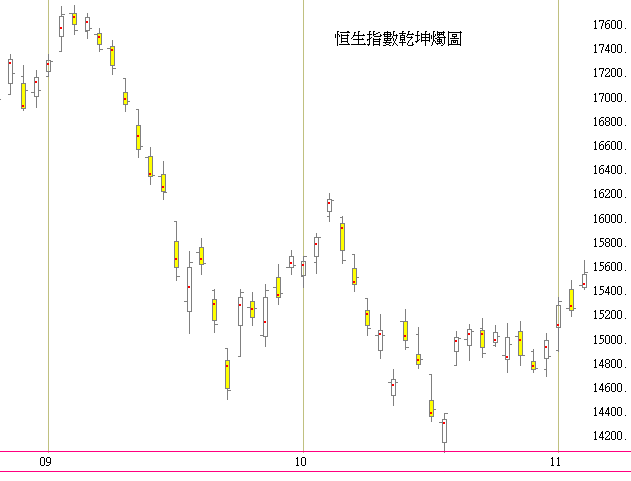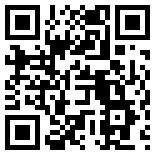|
Prosticks Articles
蘋果日報 --- 十一月五日
分析圖表靠個人發揮
過去幾個月,本欄向各位介紹了乾坤燭的基本概念及應用,至此為止,這個專欄將暫時告別讀者。非常感謝《蘋果日報》及各位的支持,以下扼要說明乾坤燭的主要用途,作為簡單的總結:
- 通過辨別過去主要聚焦點及聚焦點平台,找出未來的重要支持和阻力位。
- 用市場頂位或底位的聚焦點分布,監測資金的流向。
- 用聚焦點代替傳統的高低位來畫趨勢線。
- 將傳統的技術分析指標,結合乾坤燭圖使用。
- 審查開市位、收市位、聚焦點、活躍區的相對位置,找尋資金流向的蹤跡。
- 利用活躍區,識破技術陷阱及假突破。
- 利用聚焦量,預測市場的整固是否即將完畢及買賣雙方力量的變化。
- 用聚焦點代替收市價,計算一些技術指標,如
RSI、STC等。
- 用聚焦點計算黃金比率反彈/回吐位。
請記住,乾坤燭不是買賣系統,它不會叫你買貨或沽貨,只會提供資訊給你,如何去理解這些圖表資訊,得出甚麼樣的預測,在於你自己。兩個人看同一幅乾坤燭圖,也可能得出完全不同的結論。
乾坤燭只是一種工具,如何應用它來捕捉市場的節拍,完全取決於你自己的技巧和經驗。每一種技術分析工具都是如此,包括乾坤燭,如何應用,要靠個人的發揮。
須了解買賣方力量
有些讀者抱怨乾坤燭圖包含了太多資訊,看起來比較複雜。然而,投資本身不是一個容易玩的遊戲,投資者要能跟隨大市的節奏,掌握到大市的要領,才能在這個市場生存。乾坤燭圖所提供的資訊,可以讓你更清楚地了解市場買賣雙方力量的變化,是棒圖及陰陽燭圖所不能做到的。
有些讀者將乾坤燭當作一種技術指標,如 RSI,這是一個誤會,技術指標是由圖表引申出來的,以往是用棒圖或陰陽燭圖上的最高位、最低位、開市位、收市位來算出,但現在有了乾坤圖,我們可以利用它的元素,引伸出各式各樣、全新的或改良的的技術指標,這將是一個時代的創舉。
這個專欄曾經介紹過用聚焦點計算出的 RSI及STC,比用傳統收市位計算出的更有效。但是,要發掘乾坤燭的潛在效用,單靠我們的力量是不足夠的,還需要整個技術分析界的參與。我們相信,在不久的將來,乾坤燭一定會被廣泛應用於投資市場。我們希望此專欄的讀者,都能妥善應用乾坤燭這個工具,在市場中成功獲利,若有任何關於本專欄或乾坤燭的意見,歡迎電郵到info@prosticks.com。再見!
(有關乾坤燭之連載可於乾坤燭網站
www.prosticks.com 內觀看)

恒生指數(日線圖)
| 

